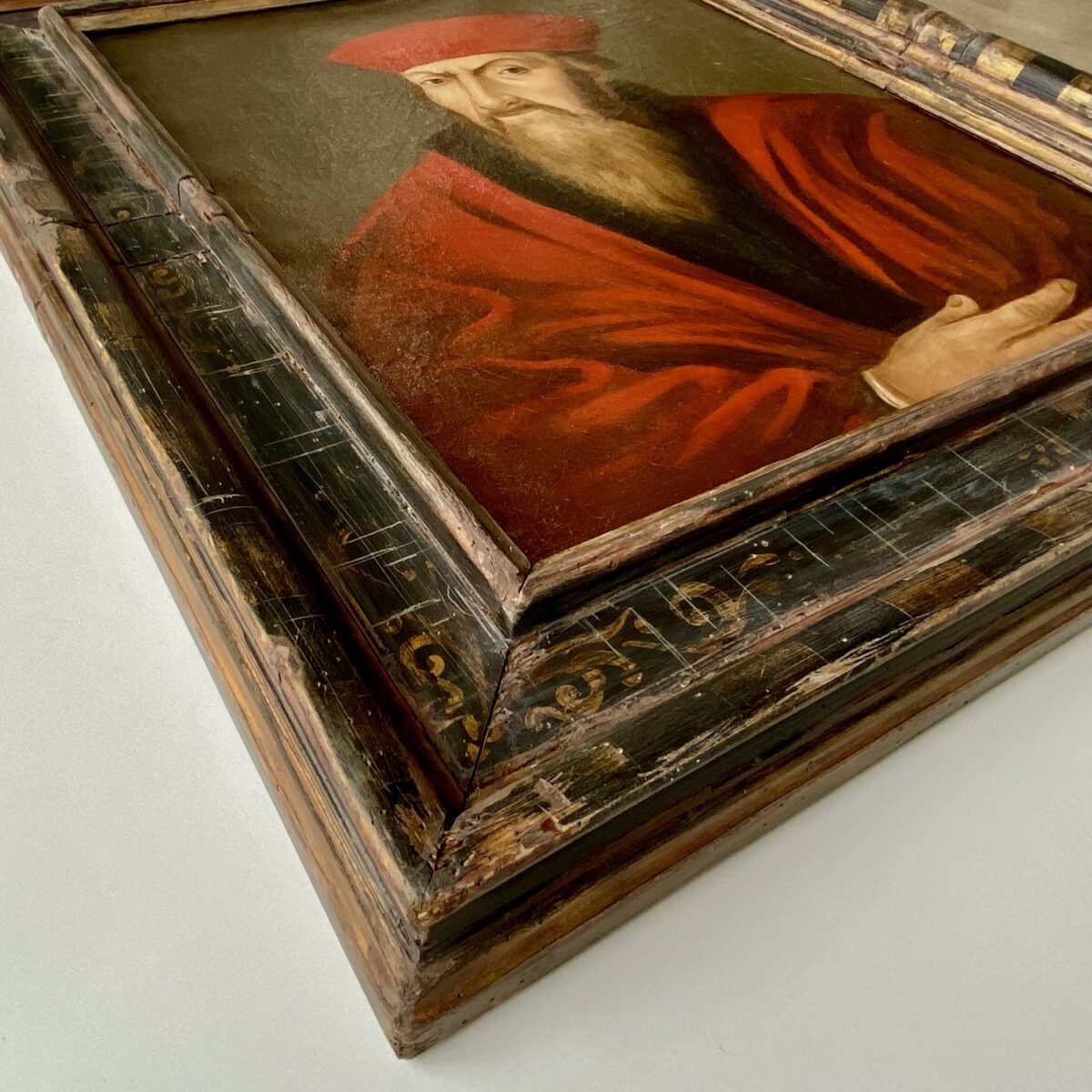The Methods Used in Painting Restoration

When it comes to preserving and restoring art pieces, painting restoration is an essential process. Many art pieces, especially those created using paint, are prone to damage due to various factors, including exposure to light, humidity, and physical contact. Painting restoration involves a variety of methods aimed at repairing damaged paintings and preserving their aesthetic value. In this blog post, we will discuss the various methods used in painting restoration.
Cleaning
One of the most critical steps in painting restoration is cleaning the painting. Over time, dirt, dust, and grime accumulate on the surface of a painting, obscuring its original colors and details. The cleaning process involves using various solvents and techniques to remove this dirt and grime without damaging the painting.
There are several methods used in cleaning paintings, including aqueous cleaning, solvent cleaning, and mechanical cleaning. Aqueous cleaning involves the use of water and specialized detergents to remove dirt and grime from the painting. Solvent cleaning involves the use of solvents, such as mineral spirits, to dissolve and remove dirt and grime from the painting’s surface. Mechanical cleaning involves the use of soft brushes and erasers to gently remove dirt and grime from the painting.
Modern cleaning methods can be done safely in regard to the painting’s condition. While it may be easy to imagine paint being swept away with the same brush that is sweeping away the built-up dirt, in truth professional painting restorers can clean paintings without damaging the painting in any way. This is one of the largest reasons professional painting restoration is far more preferred than an amateur, DIY-style restoration.
Consolidation
Paintings that have suffered damage due to physical mistreatment, poorly-done repair jobs or renovations, or other factors may require consolidation. Consolidation involves the use of specialized adhesives to stabilize the paint layers on the surface of the painting. This process can help prevent further damage to the painting and preserve its original aesthetic value.
There are several methods used in consolidation, including the use of synthetic adhesives, such as acrylic resins, and natural adhesives, such as animal glues — the same type of glue used during the time frame of many paints we restore at Metropolitan Frame. Modern synthetic adhesives are preferred because they are more stable and less prone to yellowing over time.
Varnishing
Varnishing is the final step in painting restoration. Varnishing involves applying a protective layer of varnish over the painting’s surface to protect it from environmental factors, such as light and humidity. Varnishing also helps to enhance the painting’s colors and details, giving it a more vibrant and polished appearance.
There are several types of varnishes used in painting restoration, including natural resin varnishes, such as dammar and mastic, and synthetic varnishes, such as polyurethane and acrylic. Natural resin varnishes are preferred because they are more stable and less prone to yellowing over time.
Painting restoration is an essential process in preserving and restoring art pieces. It involves various methods, including cleaning, consolidation, inpainting, and varnishing, aimed at repairing damaged paintings and preserving their aesthetic value. If you have a valuable art piece that requires restoration, it is essential to seek the services of a professional painting restoration company to ensure that the process is done correctly and effectively.

